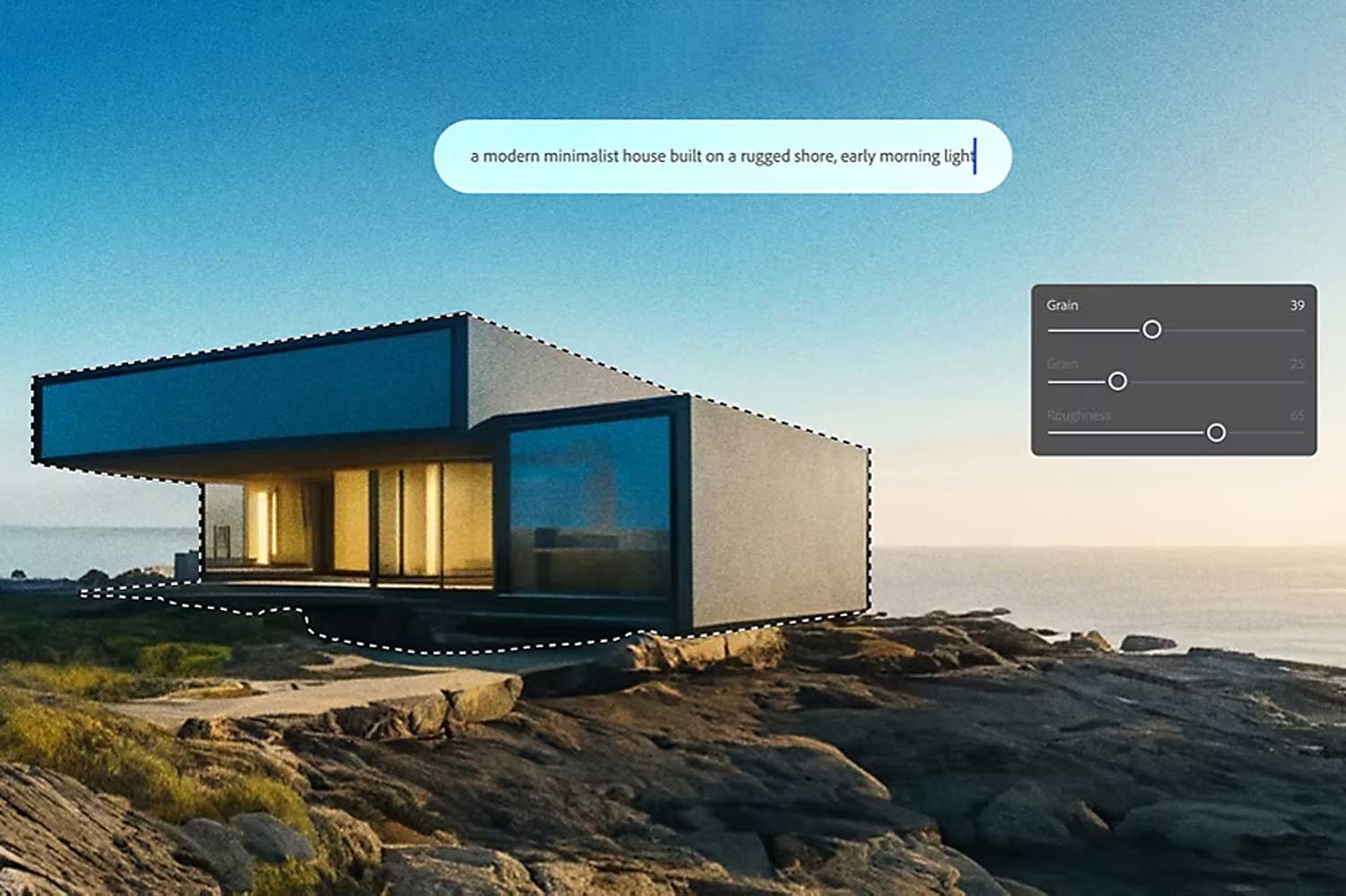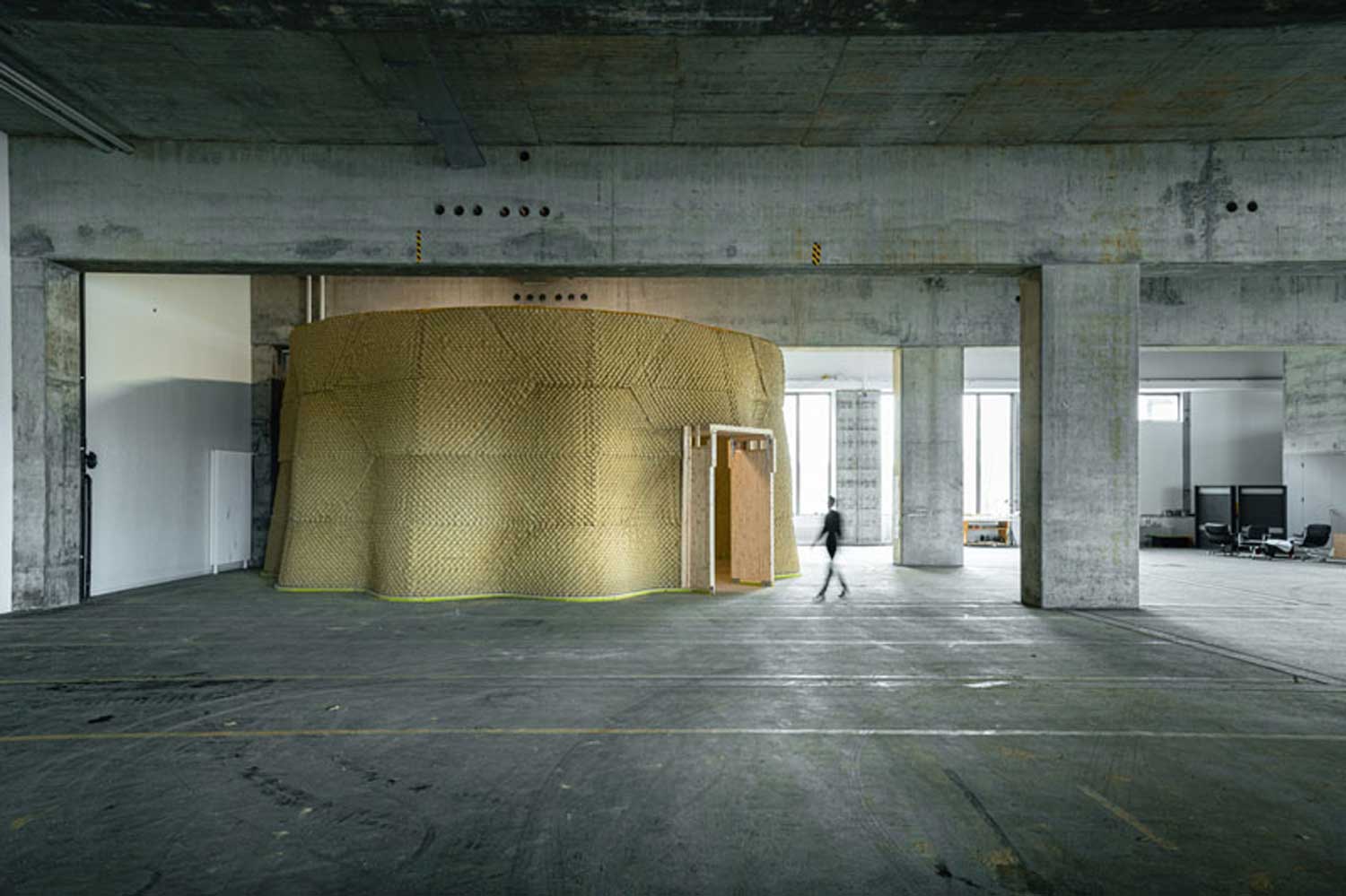Chinese scientists came up with a rather unusual type of battery-a new Mars-Atmosphere-Powered battery, which is going to represent a big breakthrough in the energy solution for the exploration of Mars shortly. The battery is designed for operation under extreme conditions on the Red Planet and boasts far greater energy density compared with conventional lithium-ion batteries, thus finding its application in space missions.
The Martian atmosphere consists of 95.32% carbon dioxide, the remainder including nitrogen, argon, oxygen, and carbon monoxide. This new battery operates like fuel cells, consuming those atmospheric gases directly to generate electricity from continuous chemical reactions. Instead of storing energy, as traditional batteries would, this Mars battery supplies continuous power for as long as these gases are available, maintaining a constant power output.
One of the lead researchers stated, “This technology represents a significant advancement in space exploration. By utilizing Mars’ natural resources, we are reducing the need for heavy infrastructure to be transported from Earth, thus cutting costs and improving mission efficiency.”
Outperforming Lithium-Ion Batteries in Energy Density
Scientists at the University of Science and Technology of China tested the battery under simulated Martian conditions: it operated successfully at 0°C with an energy density of 373.9 Wh/kg, way higher than the energy density of conventional lithium-ion batteries. It promises long-term and reliable energy for exploration equipment on Mars with a life cycle of 1,375 hours or about two Martian months.
The researchers highlighted: “In contrast to the limited performance of current lithium-ion batteries, our Mars battery is designed to function efficiently across the planet’s extreme temperature shifts, which can vary by up to 60 degrees Celsius between day and night.”
Implications for Future Mars Missions
The new design further ensures energy efficiency by influencing an effective interaction between electrodes of the battery and that of the Martian atmosphere. This was achieved by increasing the active surface area, wherein the performance of the battery further increased and was able to achieve energy densities of up to 765 Wh/kg-potentially transformative for energy storage in space missions.
In turn, this will allow the Mars-powered battery to serve as a lighter and more efficient alternative to the currently operational standard energy systems based on lithium-ion and nuclear batteries engaged in rovers and other mechanisms operating on Mars.





















Leave a comment